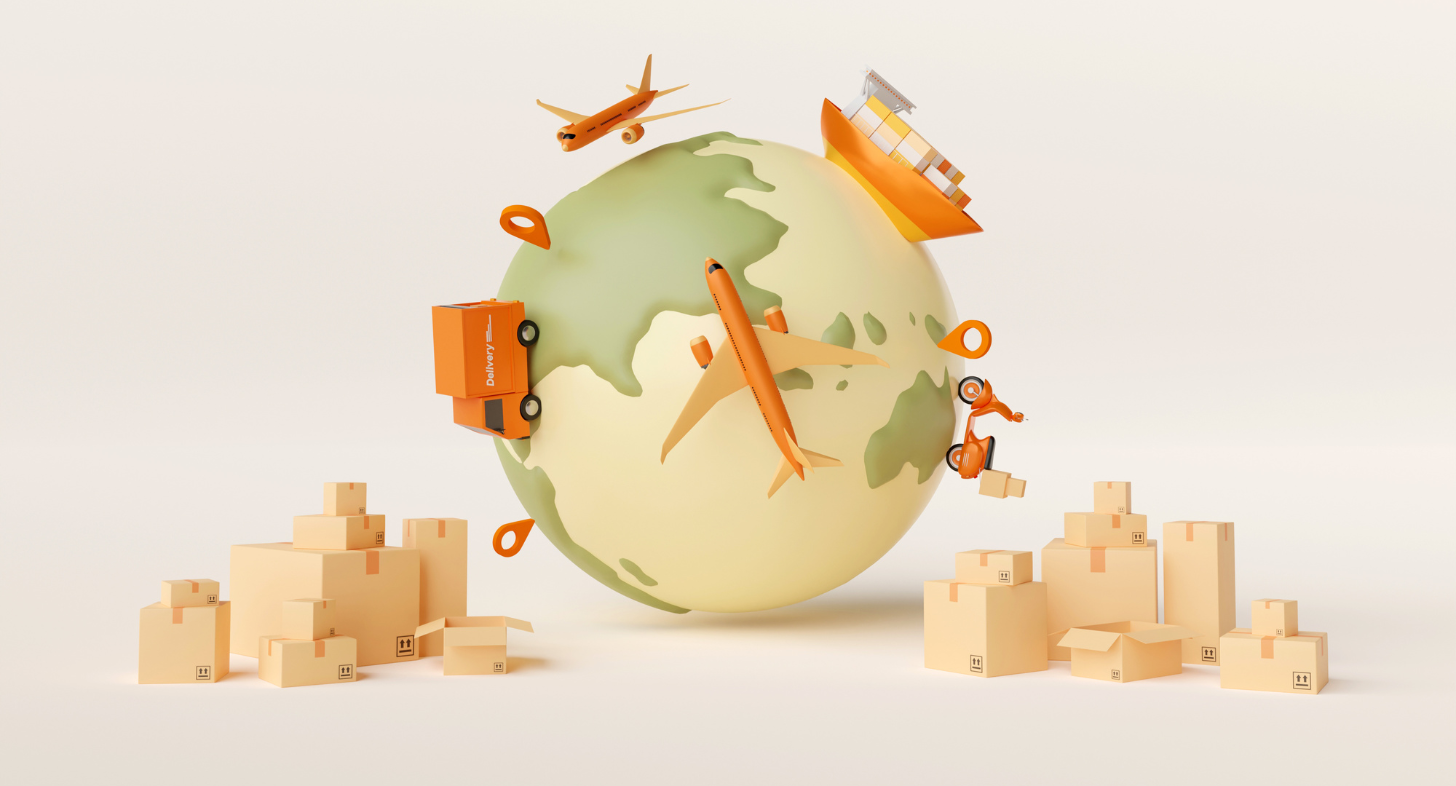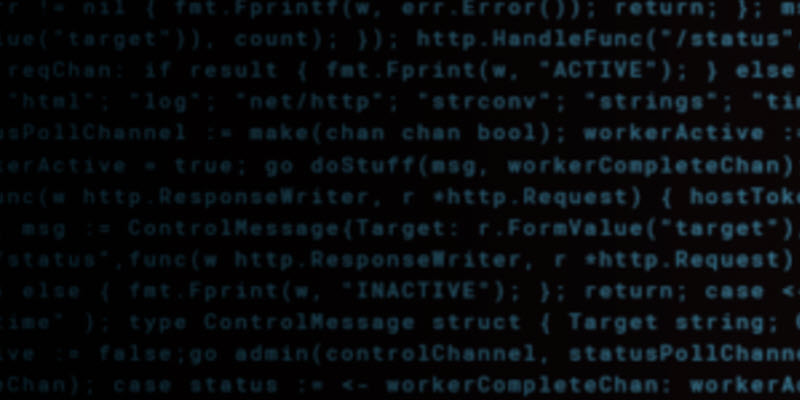
The reclamation of goods from a typical final destination back to the supplier or manufacturer was coined “reverse logistics” in the 1990s. But in recent years, as global focus shifts to the looming climate crisis and large-scale supply chain disruptions, it is being linked with another hot topic: Sustainability.
Businesses around the world are beefing up their sustainability ambitions, with 71% of companies saying sustainability is already integrated into their company strategy. The Science Based Target Initiative (SBTi), which supports businesses in setting ambitious emission reduction targets that are in line with the latest climate science, reports exponential growth in commitments, covering 2,253 companies with a joint market capitalization of $38 trillion. Alongside this, the reverse logistics market is expected to reach an eye-popping $812.6 billion by 2027.
Organizations looking to make sustainability an integral part of their process (and turn it into a profitable practice along the way) have turned to reverse logistics to make quick wins.
However, reverse logistics alone doesn’t result in the most sustainable outcome. The full potential of reverse logistics only unfolds when it’s done right — and, more often than not, that’s not the case.
So, what is the truth behind the relationship between reverse logistics and sustainability? And how can this be leveraged for maximum impact?
Reverse logistics and sustainability
Reverse logistics (the process of reclaiming parts and products) can undeniably assist businesses in making commercial and environmental sustainability gains — especially when done with the intent of refurbishment or reuse.
53.6 million metric tons of electronic waste was generated in 2019 alone, and this number is set to grow at around 2.5 tons per year. Experts estimate that the value of raw materials in landfills from this e-waste totals around $57 billion. Reverse logistics can help businesses capture this value in the most straightforward way: by diverting valuable finite materials from landfill (from which point businesses can determine the best way to re-introduce them to the market, whether through refurbishment, reuse or resale).
This process typically happens separately to the rest of the supply chain, and can help businesses:
- Reduce the environmental impact of e-waste and comply with environmental legislation
- Save on the costs of losing retrievable and reusable materials
However, viewed in isolation, reverse logistics is not enough to guarantee consistent sustainability.
Incidental sustainability: Why reverse logistics alone is not enough
While reverse logistics may result in some sustainability gains, they tend to be incidental to the process.
Reverse logistics naturally supports more sustainable operations; but the act of reclaiming products at end of life alone doesn’t necessarily result in big environmental wins. Other factors, such as what’s done with the products and freight emissions, also need to be taken into account.
Part of the problem is that the reverse logistics process tends to be carried out in isolation, meaning there’s little to no visibility over data generated throughout the process — and that’s a problem, because that data is essential to optimize and streamline processes across the supply chain.
This lack of data visibility leads to inefficient planning and decision making without consideration of all factors — which means companies don’t get the most value out of parts or find the most ecologically sound ways of conducting their business.
For example, let’s say a laptop is coming to the end of its lifecycle. A company using reverse logistics might:
- Identify this and send a field agent to collect the parts
- Transport the parts back to the main warehouse
- Decide from there whether to reuse, refurbish or resell the parts
However, our customer isn’t local, and lives considerably far away from the warehouse. What’s more, the laptop is salvageable with very few repairs needed.









